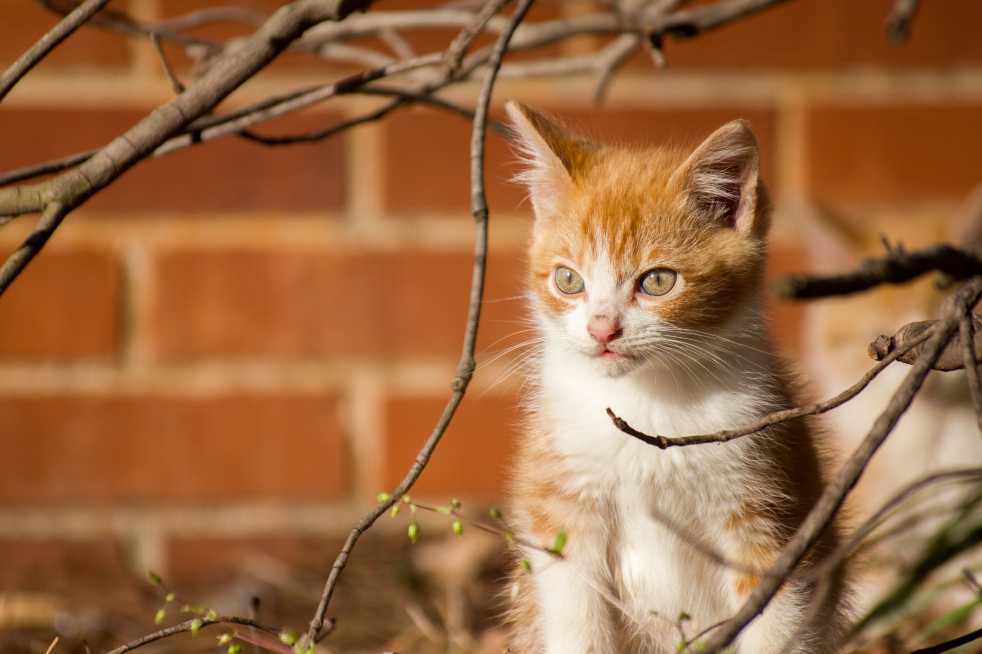Two weeks ago during spring break, Housing began working on capturing the many feral cats living around Towers Residence Hall in order to avoid the problems these cats could cause when renovations on Towers begins in May.
“It’s a safety hazard for both the students and workers who will be coming on sight, which is why we are trying to be proactive and reducing that effect. We have major construction starting on East campus which will be going on for a number of years, so it will be an ongoing problem,” said Francis Gillis, Senior Director of Housing Facilities Management.
Tech is using a subcontractor who sets up cages and bait and then sends the cats off to a humane society.
“We had four captured [over Spring Break] but then we had people who stole the traps or let the cats out of the traps,” Gillis said.
Many Towers residents disagree with Housing’s plan to capture the cats.
“I like the cats. Living here and having them here is pretty nice. I don’t really think of them as feral or savage. But, I would like to see them stay,” said Svyatoslav Kucheryavykh, a first-year CS major and Towers resident.
“I really like the cats. They were kittens in the winter. We watched them chase each other and we’ve seen them grow up. I wish they wouldn’t catch them,” said Tyler McGee, a first-year ENVE major and Towers resident.
The cats are more than just a construction problem though, as they could also carry infections or diseases which can be dangerous for students.
“It really depends on the health status and the type of animal itself. With any cat, they could carry toxoplasmosis. Other feral animals could carry rabies- which is a big concern for us,” said Lisa Broadhurst, Biosafety Officer and Environmental Health Manager at Tech.
Housing is also worried about the fleas the cats can bring into residence halls.
“The cats carry fleas—we’ve been having issues with that. The cats don’t get a proper bath which aggravates this issue,” Gillis said.
Some students have taken on the responsibility of feeding and bathing the cats, which may actually have further aggravated the problem.
“The other side of this is [the students] have been feeding the cats too much, and [the cats] are getting lazy and fat,” Gillis said.
The cats were originally allowed to stay on campus because of their help with rodent control.
“Lately, because there seems to be a more aggressive feeding program, [the cats] don’t pay attention to [rodents] because it’s too easy for them to find food and water. The cats don’t feel obliged to do their job,” Gillis said.
“Students really shouldn’t be feeding any feral animals. Handling in any way shape or form should be done only by someone who is experienced,” Broadhurst said.
Because of this, Housing now sees the feral cats living on campus as a long term problem.
“After [construction on Towers] comes Glenn and then after Glenn comes Smith and on and on. The only place [Tech] doesn’t have feral cats right now is North Avenue. They’re even outside of the student center- you can see them racing side to side in the mornings,” Gillis said.
“It’s not that the problem has grown recently—I think we are more aware of it because people now know to come to EHS. We call our contractor who humanely attracts the animals and then sends them off campus,” said Broadhurst.
Many students, however, do not believe the cats to be a problem.
“It depends on if they’re fed because then I think it’s fine if they’re not captured. I’ve never thought they were a hazard or anything,” said Garrett Bradley, a Towers resident.
“We know the students aren’t happy with it. But they’re not looking at the real cause and effect as to why we are doing this,” said Gillis.
Cats are not the only feral animals on Tech’s campus. There have been reports of hawks, foxes, coyotes, poisonous snakes and a family of possums.
